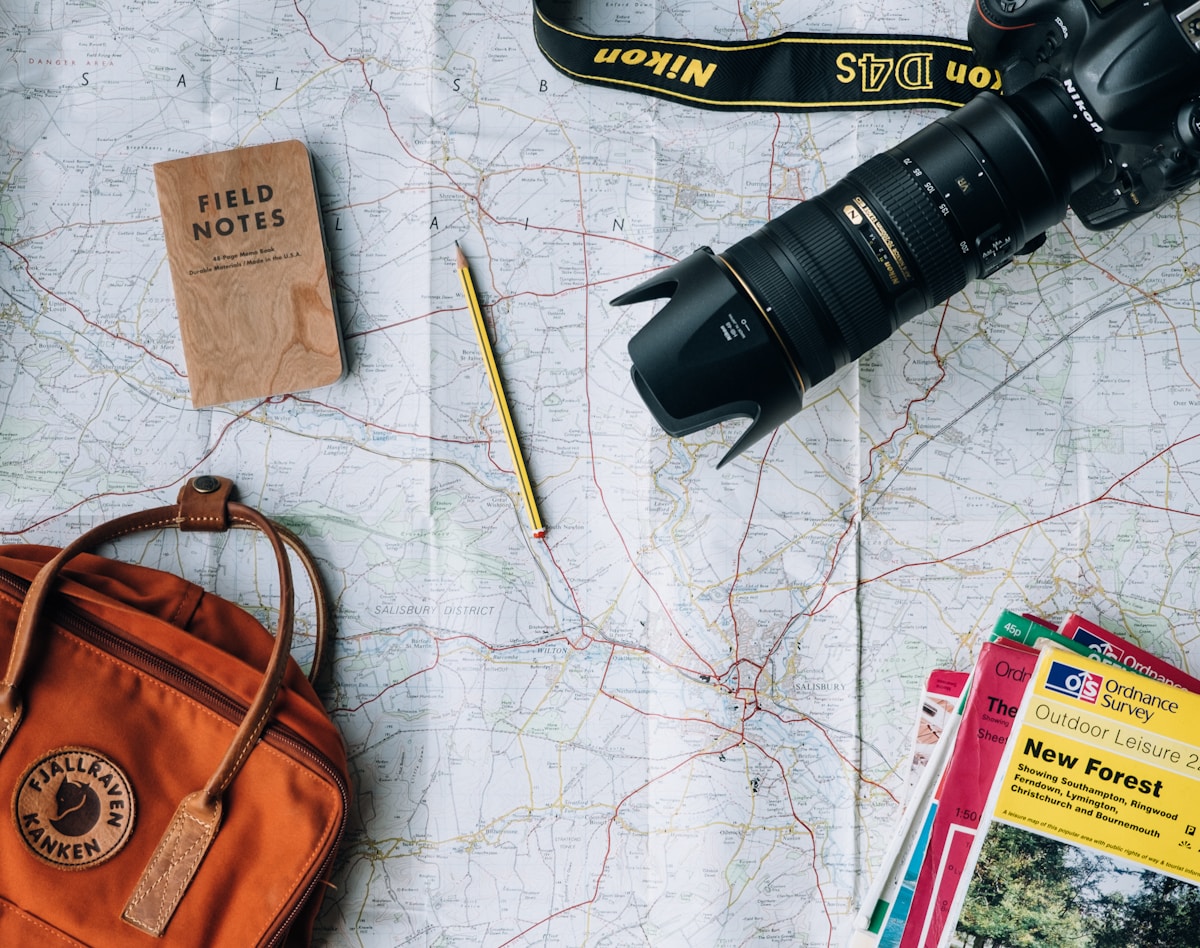The Best Month to Visit Uluru: A Comprehensive Guide
Uluru, also known as Ayers Rock, is one of Australia's most iconic landmarks. This majestic red sandstone monolith is not only a natural wonder but also a sacred site for the Anangu people, the traditional custodians of the land. If you're planning a visit, timing can significantly enhance your experience. Let's explore the best month to visit Uluru and provide essential travel tips for an unforgettable adventure.
Choosing the Best Month to Visit Uluru
The best time to visit Uluru is during the cooler months of April to October. These months offer milder temperatures, making it more pleasant to explore the outdoors. During this period, daytime temperatures range from 20°C to 30°C (68°F to 86°F), allowing for comfortable hiking and sightseeing.
April and May: These months mark the end of the hot summer season. The landscapes are lush and vibrant, thanks to the occasional summer rains, providing excellent conditions for photography. The temperatures are warm but not overwhelming, making it an ideal time for outdoor activities.
June to August: This is the peak tourist season at Uluru. The days are sunny and dry with cooler nights, which is perfect for camping under the stars. However, it’s advisable to book accommodations in advance due to the high influx of visitors. Book your stay on Booking.com to secure your spot.
September and October: As spring arrives, the weather remains pleasant, and the wildflowers start to bloom, adding a burst of color to the desert landscape. This period is less crowded than winter, offering a more tranquil experience.
Travel Tips for Visiting Uluru
- Respect the Culture: Uluru is a sacred site, so it's important to respect the cultural significance of the area. The Uluṟu-Kata Tjuṯa Cultural Centre is a must-visit to learn more about Anangu culture and the history of the land.
- Stay Hydrated: Despite visiting during cooler months, the desert climate can still lead to dehydration. Always carry sufficient water, especially when hiking around the base of Uluru.
- Sun Protection: The sun in the desert can be harsh, so pack sunscreen, a hat, and sunglasses to protect yourself during outdoor excursions.
- Early Starts: The sunrise over Uluru is a breathtaking spectacle. Start your day early to catch this magical moment and enjoy cooler temperatures for your morning activities.
Nearby Attractions to Explore
While Uluru is the main attraction, there are several nearby sites worth visiting:
- Kapi Mutitjulu (Mutitjulu Waterhole): Just a short walk from Uluru, this serene waterhole is a sacred site with a rich cultural history. It’s a great spot for a peaceful stroll while listening to the sounds of nature.
- Visitor's Center: Located 2.5 km from Uluru, the Visitor's Center offers informative displays and resources to enhance your understanding of the area.
- Uluṟu-Kata Tjuṯa Cultural Centre: Also 2.5 km away, this center provides a deep dive into the traditions and stories of the Anangu people. It’s an essential stop to appreciate the cultural depth of the region.
- Minymaku and Watiku Platforms: These scenic viewpoints, approximately 3.7 km from Uluru, offer stunning vistas of the landscape. They are perfect for photographs, especially during sunrise and sunset.
For those interested in guided tours, Reserve tours on GetYourGuide for an enriching experience led by knowledgeable guides.
Final Thoughts
Visiting Uluru is a journey into the heart of Australia's cultural and natural heritage. By choosing the best month to visit and planning your itinerary thoughtfully, you can ensure a memorable and respectful experience. Whether it's witnessing the changing colors of the rock at sunrise or engaging with the rich indigenous culture, Uluru promises an adventure like no other.
